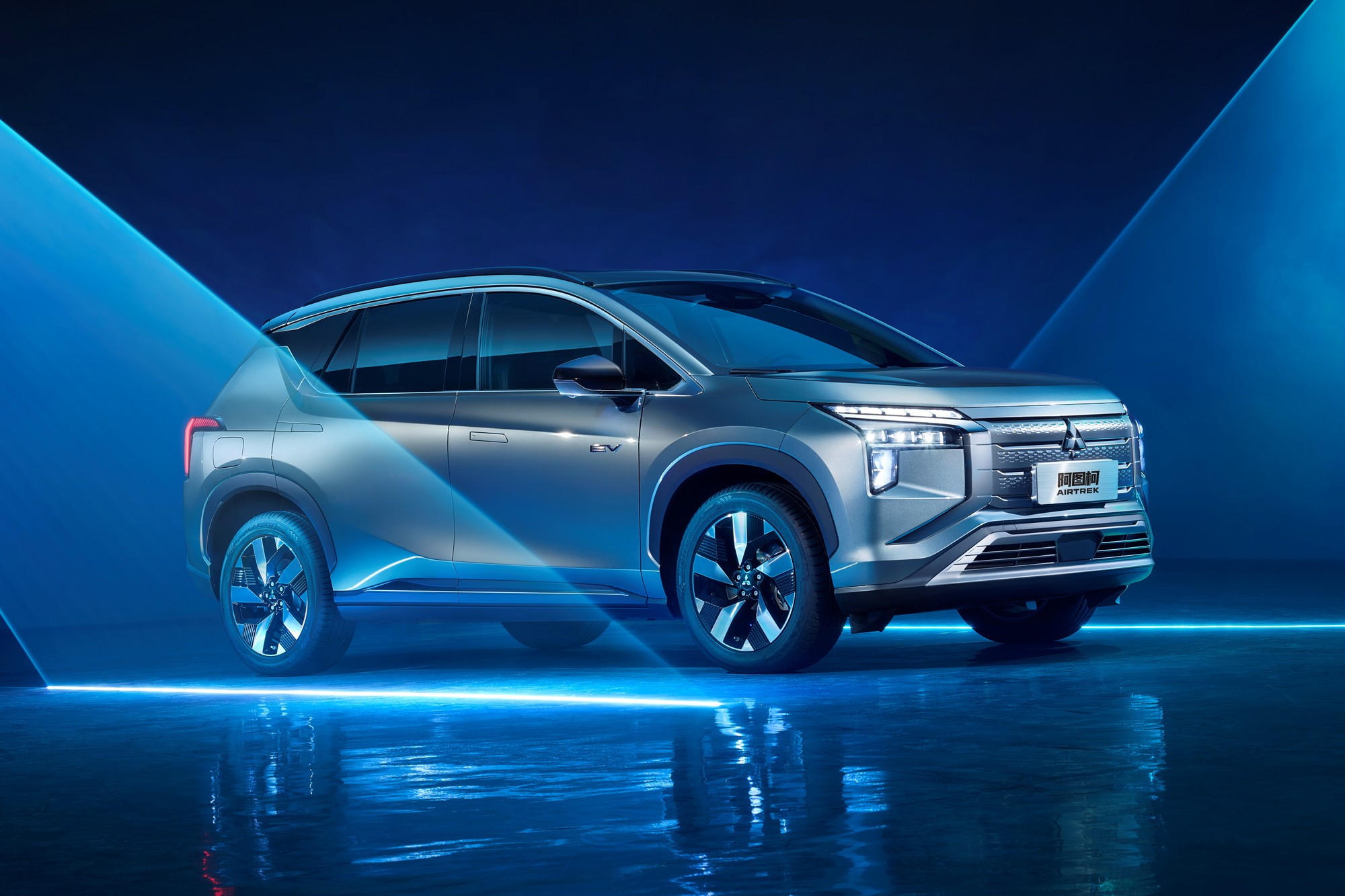
The Japanese company was unable to adapt to the Chinese market and decided to leave it. Mitsubishi cars were produced in China as part of an equal joint venture with GAC, which was founded in 2012.
The headquarters and the only plant of the joint venture GAC Mitsubishi are located in the city of Changsha (Hunan Province), the plant has not been operating for several months — according to some sources, since March, according to others — since July, the staff is slowly being reduced. The peak of the joint venture’s activity was in 2018, when it managed to sell more than 140 thousand Mitsubishi cars in China. The result of January-August this year, according to CAAM (China Association of Automobile Manufacturers), is dismal: only 11,978 cars were sold, 41.5% less than in the same period last year.

Last fall, Mitsubishi launched the new generation Outlander PHEV hybrid in China as a last hope to save the situation, but almost no one was interested in it here, sales were scanty. Mitsubishi does not yet have its own modern electric vehicles; the Airtrek electric crossover (in the title photo) is a redesigned GAC Aion V. GAC sales in the first eight months of this year in China amounted to 538,455 vehicles (+41.4%) — as they say, feel the difference .
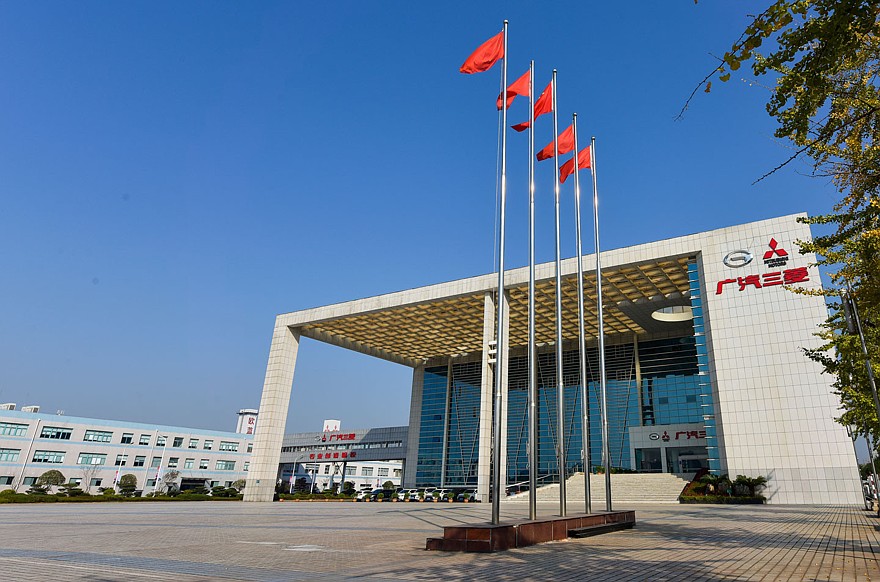
Japanese, European and American brands in general are now experiencing strong pressure in the Chinese market from local brands, it’s just that Mitsubishi Motors turned out to be weaker here than others and its management, as the business publication Nikkei Asia reported today, decided to curtail its activities in China. This has not yet been officially announced; agreements are underway regarding the transfer of Mitsubishi's Chinese assets to GAC, which plans to retain some of the employees of the Changsha plant and will gradually re-equip it to produce its electric vehicles.
It has its own new electric vehicles Mitsubishi will appear soon, this became clear from the company's updated development plan published in March, but the Chinese consumer is unlikely to be interested in them — the reality is that Chinese brands today respond faster and better to market demands and are squeezing foreign brands out of it.
The key markets for Mitsubishi now are Southeast Asia (ASEAN), Oceania (which includes Australia and New Zealand), Africa, the Middle East and South America — here the Japanese company will try to maintain and strengthen its position.













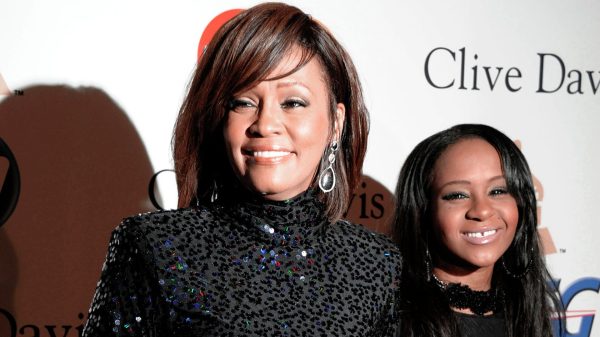




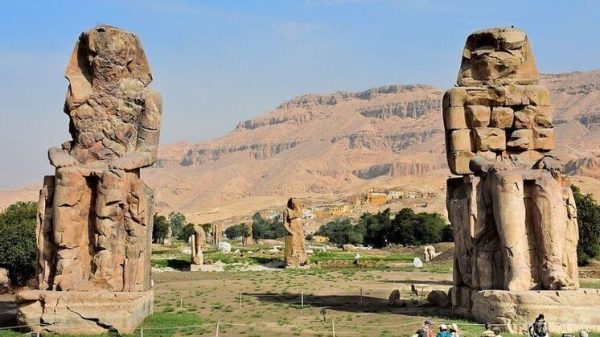
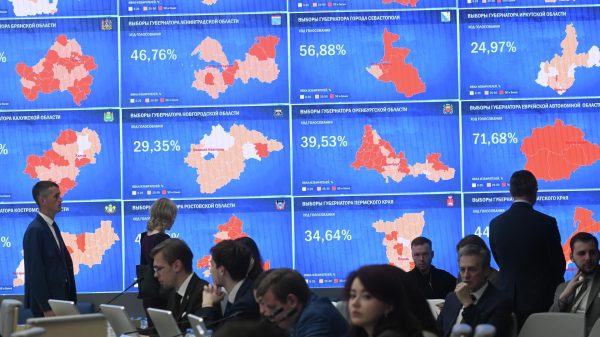

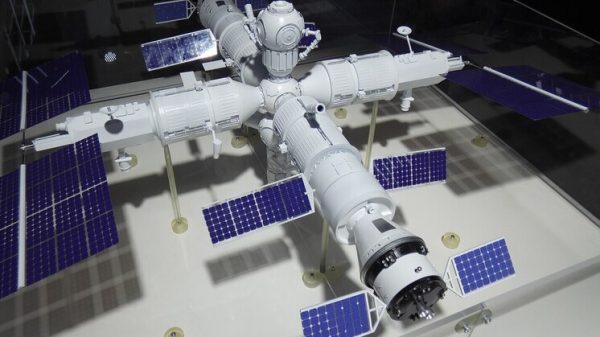






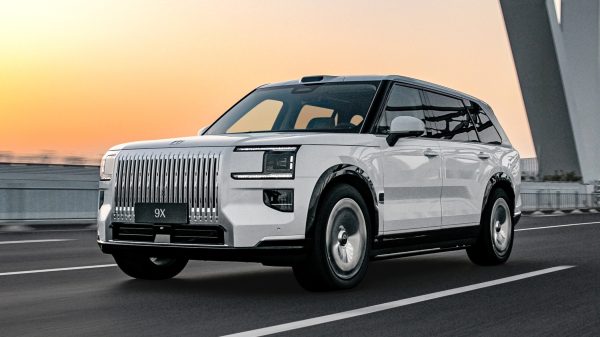

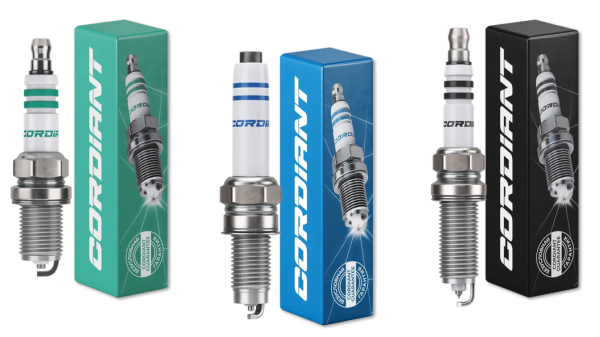







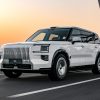









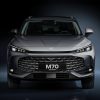



Свежие комментарии